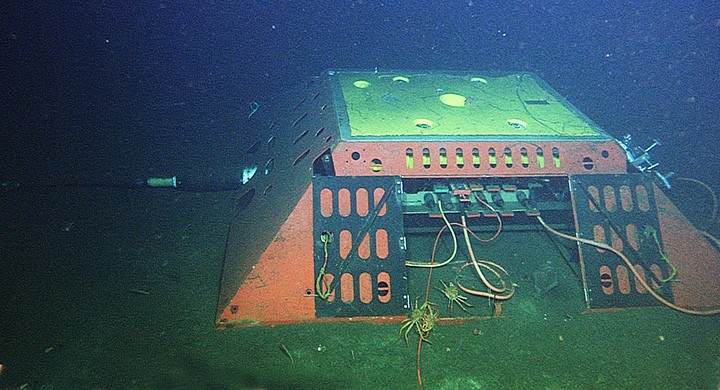One of the most important task in the world today is monitoring seismic activity. In the middle of the ocean, equipment requirement may present a difficult problem. A research from Berkeley has proven invaluable. The research shows how existing undersea fiber optic cables can be turned into a network of seismographs, which will offer a crystal clear view of the Earth’s tectonic movements.
An important point to note is that Seismologist obtain their data from instruments readily available on land. This thus throws up the point that seismic activity has been restricted to a smaller portion of the Earth’s vast surface.
In an explanation by lead study author, Nathaniel Lindsey,
“There is a huge need for seafloor seismology. Any instrumentation you get out into the ocean, even if it is only for the first 50 kilometers from shore, will be very useful.”
The reason behind this slack is that it is very difficult to locate, maintain and continually have access to such precision instrument whose relevance is in maintaining prolonged seismic activity underwater. We could consider other alternative as well, say, the availability of instruments underwater just waiting to be used. Lead study author Nathaniel Lindsey and his colleagues had proposed this idea of making use of underwater fiber optic cables.

As with fiber optic cables, this one as well carries data over distance of varying length. It may well be the internet’s backbone or on a smaller scale, a private network’s. These fiber optic cables uses light which may scatter due to a shift or change in orientation of the cable.
A careful monitoring of what some people may term as a “backscatter” phenomenon, the shift in the cable can be easily accessed and re-oriented in the right position. This thus has presented researchers with the ability to locate seismic activity with the highest accuracy possible.
The term given to the above technique is “Distributed Acoustic Sensing”. In this technique, the fiber optic cable is being treated as motion sensors ranging in thousands.
Jonathan Ajo-Franklin of Berkeley National Lab stated that:
“This is really a study on the frontier of seismology, the first time anyone has used offshore fiber-optic cables for looking at these types of oceanographic signals or for imaging fault structures.”
In concluding the research, it will be of utmost important that larger active cables can become of service as research instruments which will without doubt open up a window of opportunities which have eluded seismologist for long.



